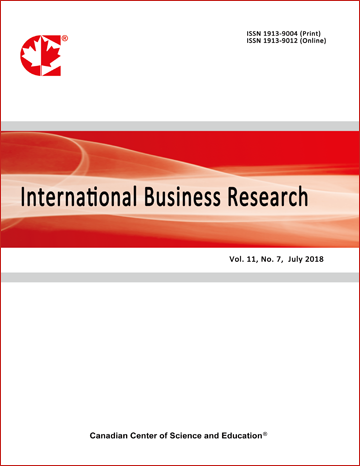Does Technology Matter When Selecting a Target Firm in an M&A? Some Evidence on a European M&A Sample
- Barbara Fidanza
Abstract
Using a sample of European M&As from 2009 to 2017, this work assesses whether there is a linkage between a firm's innovation orientation and its participation in an M&A. This main aim has been divided into three aims: defining the target firms’ characteristics in M&A deals with a special focus on innovation orientation, performance, financial structure and size; understanding what kind of firm is generally acquired from institutional investors; describing the effects of M&A deals on the targets. With reference to the analysis method, aims were pursued through logistic regressions on the cross-sectional sample and by comparing pre-deal and post-deal average balance values.
The result is twofold. First, a high probability of being targeted is associated with high portfolio patents and low research and development costs of a firm, but only in cases of technological overlap; otherwise the R&D intensity, performance and size of firms are relevant. Second, when analysing the effects of M&As, comparing the same variables in post vs. pre deal period, they are only significant for patent and R&D costs. These results confirm that the M&A transactions produce useful synergy in terms of innovation capability.
- Full Text:
 PDF
PDF
- DOI:10.5539/ibr.v12n5p111
Journal Metrics
h-index (August 2025): 114
i10-index (August 2025): 1059
h5-index (August 2025): N/A
h5-median(August 2025): N/A
( The data was calculated based on Google Scholar Citations. Click Here to Learn More. )
Index
- ACNP
- ANVUR (Italian National Agency for the Evaluation of Universities and Research Institutes)
- CNKI Scholar
- CrossRef
- EconBiz
- EconPapers
- Elektronische Zeitschriftenbibliothek (EZB)
- EuroPub Database
- Excellence in Research for Australia (ERA)
- Genamics JournalSeek
- Google Scholar
- Harvard Library
- IDEAS
- Infotrieve
- Mendeley
- Open policy finder
- Qualis/CAPES
- RePEc
- ResearchGate
- ROAD
- Scilit
- Technische Informationsbibliothek (TIB)
- The Keepers Registry
- UCR Library
- UoS Library
- ZBW-German National Library of Economics
- Zeitschriften Daten Bank (ZDB)
Contact
- Kevin DuranEditorial Assistant
- ibr@ccsenet.org
